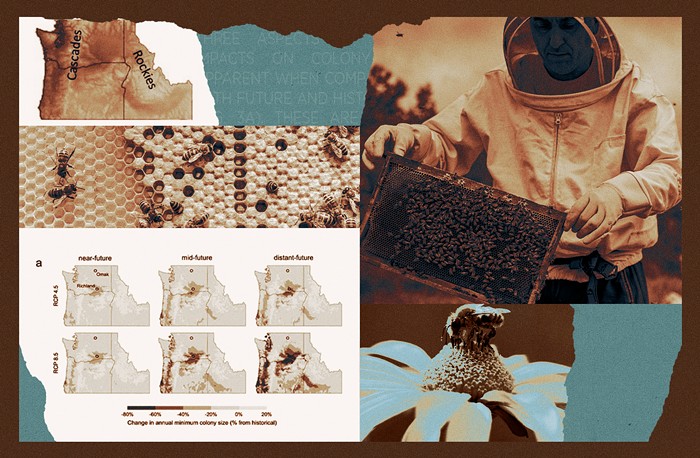
Everyone: We may have an out.
A group of scientists have confirmed to the journal Nature the existence of a new-to-you planet orbiting Proxima Centauri, our closest neighbor star, It's likely terrestrial—i.e. it's made of rock—and probably has an atmosphere that is in the so-called "Goldilocks zone," where the water will remain liquid on the planet's surface.
These are the properties that make a planet "Earthlike" and hint at the potential for habitation, which means the planet, currently named Proxima b, is now being touted (by the media, not by scientists) as "another Earth."
Great news! We can keep driving gas-powered cars and drinking out of plastic water bottles and tearing down mountains to make marble countertops. We've got a new home that's only 4.25 light years away, is slightly bigger than our current place, has skies the color of a "late autumn sunset," and has years that are only 11 days long. We'd live forever! (Or the opposite? How does that work?)
While scientists are excited about the possibilities of studying Proxima b, which is the closet planet found outside of this solar system, there are still many questions that need to be explored before we start the gentrification process. Like, does Proxima b even have an atmosphere? Is there oxygen? How susceptible is it the UV blasts of solar flares?
“We should probably be wary of making too many predictions on what happens on other planetary systems based on our limited experience with our own solar system," Alycia Weinberger, an astronomer at the Carnegie Institution, told The Washington Post. "When we only had to extrapolate from the solar system we thought we knew a lot."
The hope is that the relative proximity of this new planet, combined with its potential potential for habitability, will spur new missions for space exploration, astrophysisict Guillem Anglada-Escude, who lead the Proxima b research team, told NPR's The Two-Way:
"I'm pretty sure that in the next 10 years, we will know if it has an atmosphere and probably if it has oxygen," says Anglada-Escude, who adds that we could even see hints of any life that might be there. He thinks the news that our closest stellar neighbor is orbited by a world that has a shot at possibly supporting life is sure to spur interest in an interstellar mission to pay it a visit.
"It's tantalizing," he says. "Now that we know the planet is there, we can be more creative. We can think about solutions — maybe to send interstellar probes or to design specific spacecraft to look for this planet and only this planet."














